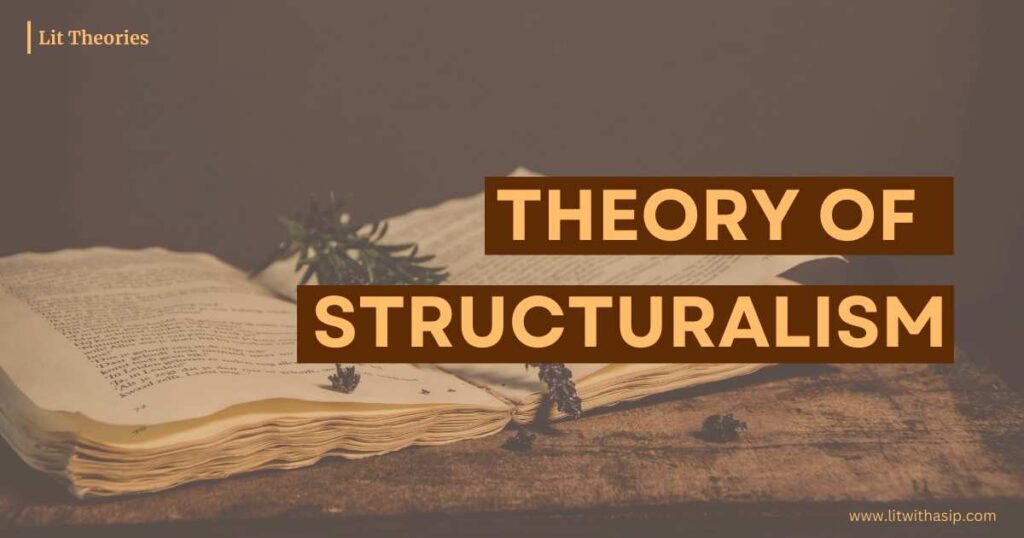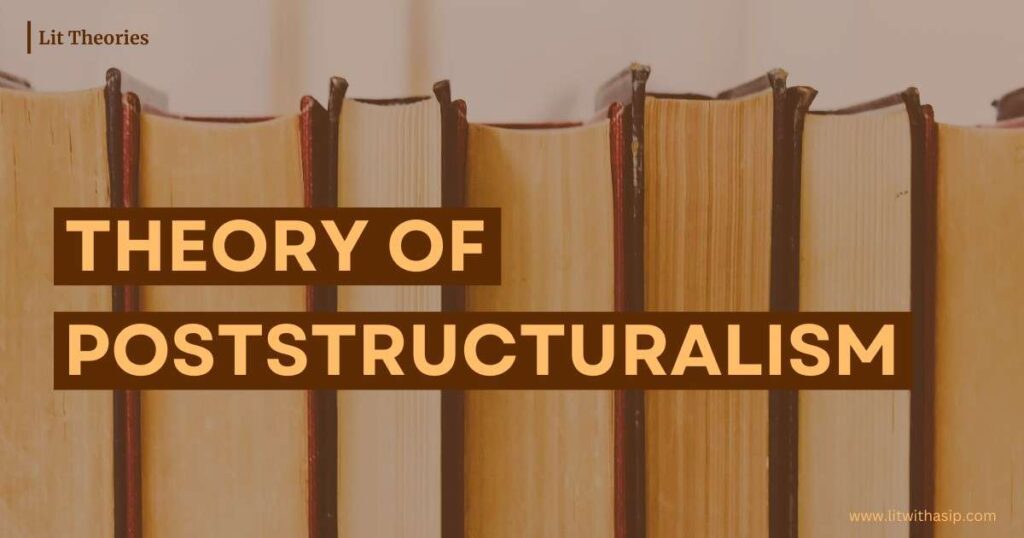Rising to prominence in the 1970s, Formalism is a literary approach that emphasizes the form of a work rather than its content or social context. It involves the idea of studying a literary text without consideration of any external influence. It does not involve learning about the author’s intentions or the cultural and historical background in which the work was produced. The main objective is to analyze, interpret, and/or evaluate the inherent features of a text.
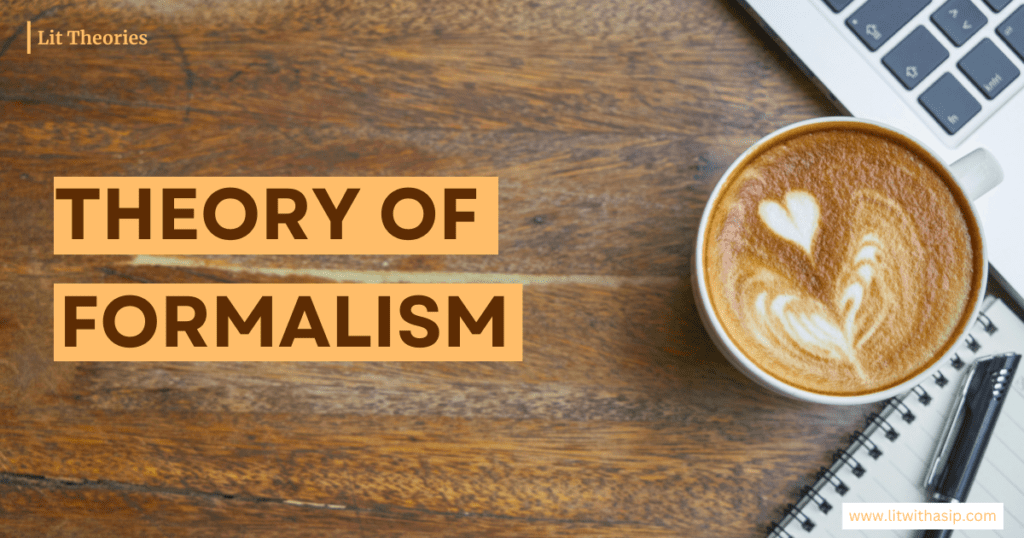
This article aims to explain Formalism in the easiest way possible. In order to understand it in sequence, do read it till the end and have a clear picture.
Who Were ‘Formalists’?
The literary figures who pioneered, practiced, and/or supported the approach of Formalism came to be known as the ‘Formalists’. Some of the most important formalists are Roman Jakobson, Viktor Shklovsky, Boris Eichenbaum, W.K. Wimsatt, Cleanth Brooks, and I.A. Richards.
The assumptions of formalists were inspired partially by the linguistic theory of Ferdinand De Saussure which stated that the study of language must be done as a system of signs. Saussure introduced the concepts of langue (the underlying structure or system of language) and parole (individual speech acts), emphasizing the arbitrary nature of linguistic signs and the importance of relationships within the system for meaning. Additionally, formalists partly based their beliefs on symbolist notions that gave prime importance to the autonomy of the text and sidelined any other uses of language.
Historical Backdrop
Formalism emerged as a significant literary theory in the early 20th century, particularly in Russia, amidst a backdrop of intellectual and cultural shifts. The movement was a response to prevailing Romanticist theories centering around the artist and the artist’s genius. It was also a reaction against theories that focused heavily on the biographical and historical contexts of literary works, often neglecting the intrinsic qualities of the texts themselves.
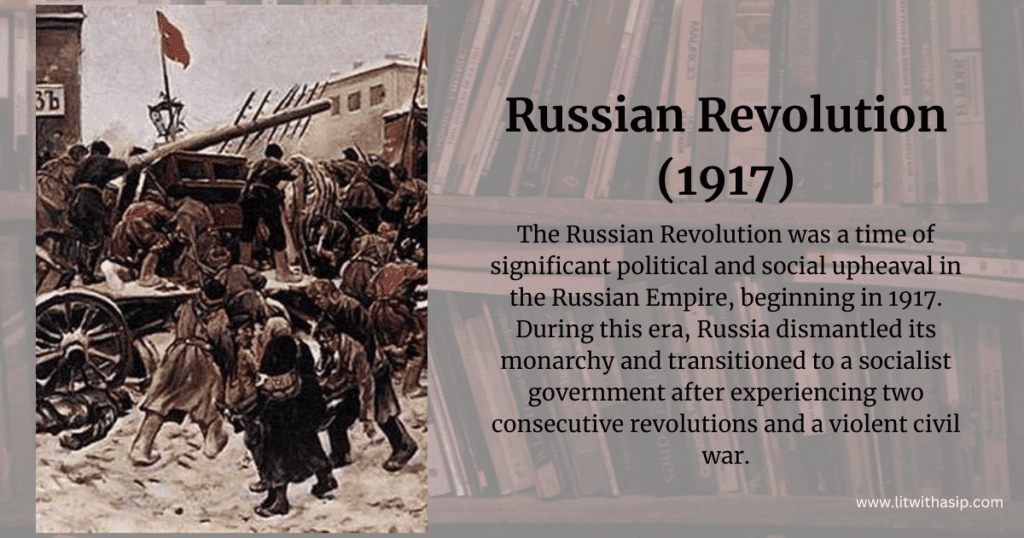
The historical backdrop includes the aftermath of the Russian Revolution of 1917, which led to a reevaluation of artistic and intellectual traditions. The Russian Revolution of 1917 shares some similarities with the French Revolution of 1789 in terms of their revolutionary nature and transformative impact on their respective societies. It served as a pivotal event in Russian history that resulted in the overthrow of the Tsarist autocracy and the establishment of the Soviet Union. The revolution was fueled by widespread discontent among the Russian population, including economic hardship, social inequality, and the desire for political change. It ultimately led to the end of centuries of Romanov rule, the execution of the royal family, and the beginning of communist rule under the leadership of the Bolsheviks, marking a profound shift in Russian politics, society, and international relations.
Two schools of formalist literary criticism were formed, namely “Russian formalism” and later, the Anglo-American “New Criticism”.
Russian Formalism
Russian formalism, pioneered by scholars like Viktor Shklovsky, Roman Jakobson, and Boris Eichenbaum, originated in early 20th-century Russia. It focused on analyzing literature as a self-contained and autonomous system of artistic devices, emphasizing the formal elements of literary texts such as language, structure, narrative techniques, and imagery. Russian formalists introduced concepts like defamiliarization and literariness, highlighting the importance of form in shaping literary meaning and aesthetic experience.
Defamiliarization (or, ostranenie)

Formalists often employ the concept of “defamiliarization”, a term coined by the Russian formalist Viktor Shklovsky. This concept suggests that literary language should defamiliarize or disrupt habitual perceptions surrounding the literary text. It prompted readers to see the world in a new way through the artistic use of language and form.
Literariness (or, literaturnost)
Literariness refers to the distinctive qualities that differentiate literary language from everyday speech. It encompasses the deliberate use of linguistic and stylistic devices—such as deviation, foregrounding, figurative language, symbolism, and self-reflexivity—to create aesthetic effects and evoke emotional and intellectual responses in readers. Literariness highlights the artistic integrity and unique form of literary texts, emphasizing their capacity to transcend mere communication of information and engage with readers on a deeper, more complex level through the manipulation of language and narrative structure.
Anglo-American New Criticism
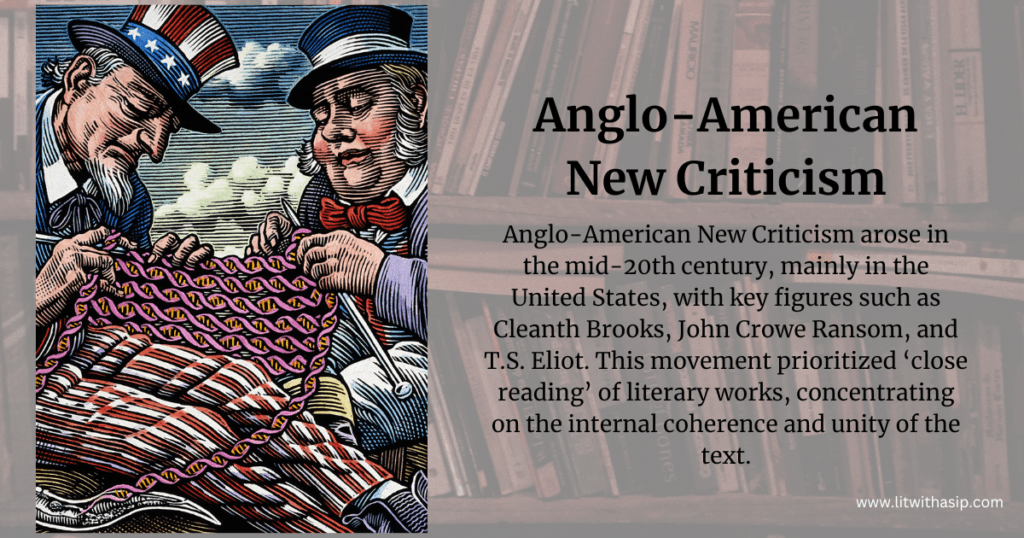
In contrast to Russian Formalism, Anglo-American New Criticism emerged in the mid-20th century, primarily in the United States, with influential figures like Cleanth Brooks, John Crowe Ransom, and T.S. Eliot. New Criticism emphasized close reading of literary texts, focusing on the text’s internal coherence and unity.
According to this approach, formalist analysis involves “close reading” of the text, focusing on the specific details and patterns within the work. By closely examining literary techniques and structures, formalists aim to uncover deeper meanings and aesthetic qualities.
New Critics emphasized the importance of ambiguity, irony, paradox, and tension within the text itself to generate meaning. New Criticism also rejected the use of authorial intention and external contexts in interpreting literature, promoting a formalist approach centered on the text’s intrinsic qualities.
While both Russian formalism and Anglo-American New Criticism share an emphasis on form and structure in literary analysis, they differ in their historical origins, key concepts, and methodologies. Russian formalism emerged in the context of early 20th-century Russia, heavily influenced by linguistic theory and semiotics, while Anglo-American New Criticism arose later in the United States, emphasizing close textual analysis and internal coherence as the basis for literary interpretation.
Understanding Formalism Through Example
It is often easier to understand any literary theory through a constructive example. Here we can consider for example the popular American novel by F. Scott Fitzgerald, named “The Great Gatsby”. In a formalist analysis of “The Great Gatsby”, the focus would be primarily on the literary elements and structure of the novel, rather than its historical context or the author’s biography.
It would focus on the narrative structure- how the story is told, the use of flashbacks, and the sequencing of events- through the eyes of the narrator, Nick Carraway. It would delve into the symbolism and imagery employed by Fitzgerald like the green light at the end of Daisy’s dock, symbolizing Gatsby’s hopes and dreams. It would pay close attention to Fitzgerald’s use of language and development in characters, while recognizing recurring themes and motifs in the novel, such as the American Dream, social class, and the pursuit of wealth.
Critiques of Formalism
Critiques of formalism in literary theory highlight several limitations and challenges associated with this approach to analyzing literature. While formalism offers valuable insights into the structural and aesthetic elements of literary texts, critics argue that it may overlook important aspects of meaning, context, and interpretation.
Some key critiques of formalism include:
● Neglect of Context: One common critique of formalism is its tendency to prioritize the analysis of form and structure at the expense of historical, cultural, and socio-political contexts. Formalist critics may focus exclusively on internal textual features while disregarding the external factors that shape a work’s meaning and significance.
● Overemphasis on Autonomy: Formalism often asserts the autonomy of the literary text, suggesting that meaning can be derived solely from its formal properties. Critics argue that this emphasis on internal coherence and self-contained meaning overlooks the dynamic interplay between literature and its broader cultural and ideological milieu.
● Reductionism: Critics of formalism contend that its exclusive focus on formal elements—such as language, structure, and style—can lead to a reductionist approach that ignores the complexity and multi-layered meanings inherent in literary works. Literature is seen as more than the sum of its formal parts.
● Limited Scope of Analysis: Formalism’s narrow focus on formal features may limit the scope of literary analysis by excluding considerations of authorial intent, reader response, historical influences, and ideological implications. Critics argue that a comprehensive understanding of literature requires a more expansive and inclusive approach.
● Inattention to Content and Meaning: Formalism’s preoccupation with form sometimes leads to a neglect of thematic content, symbolism, and deeper meanings embedded within literary texts. Critics argue that meaning emerges not only from formal structures but also from the interaction between form, content, and context.
● Disregard for Diversity of Interpretations: Critics argue that formalism tends to enforce a singular or fixed interpretation of a literary work based on its formal elements, disregarding the plurality of meanings and interpretations that can arise from diverse readerships and cultural perspectives.
● Historical Context and Ideology: Formalist analysis may overlook how literature reflects and engages with specific historical contexts, ideological currents, and social discourses. Understanding literature requires a broader engagement with the historical and cultural conditions of its production and reception.
While formalism offers valuable tools for analyzing the formal aspects of literary texts, critics suggest that a more holistic and interdisciplinary approach is needed to fully appreciate the richness, complexity, and significance of literature.
Therefore, formalism has influenced and contributed to the development of several subsequent theories and critical perspectives as a foundational approach in literary theory. Some of the theories that emerged from or were influenced by formalism include Structuralism, Narratology, Post-Structuralism, Semiotics and Sign Theory, and Reader-Response Theory.

Jennis Jacob, a passionate literary enthusiast in her 20s, is a writer and poet. With eight years of experience in literature, she is currently a master in English and finds inspiration in Womanist, American, and Indian Partition Literatures. Her works have appeared in anthologies such as ‘Carved Words Of Creative Minds’ and ‘100 Splendid Voices,’ and she is working on upcoming books. Through LitWithASip, she aims to ignite a love for literature and empower individuals to embrace their true selves.
